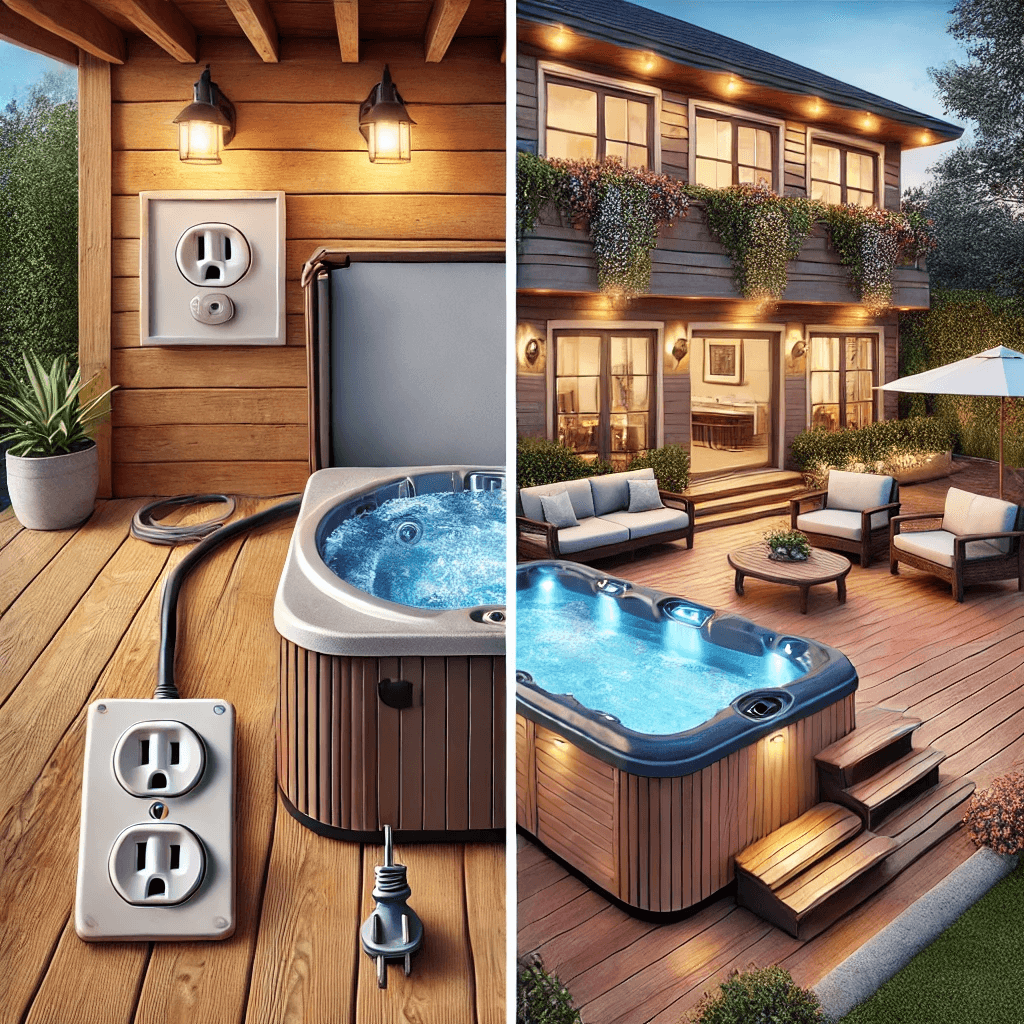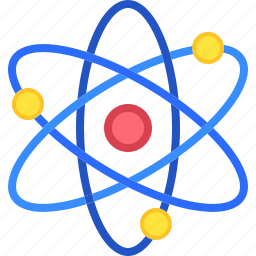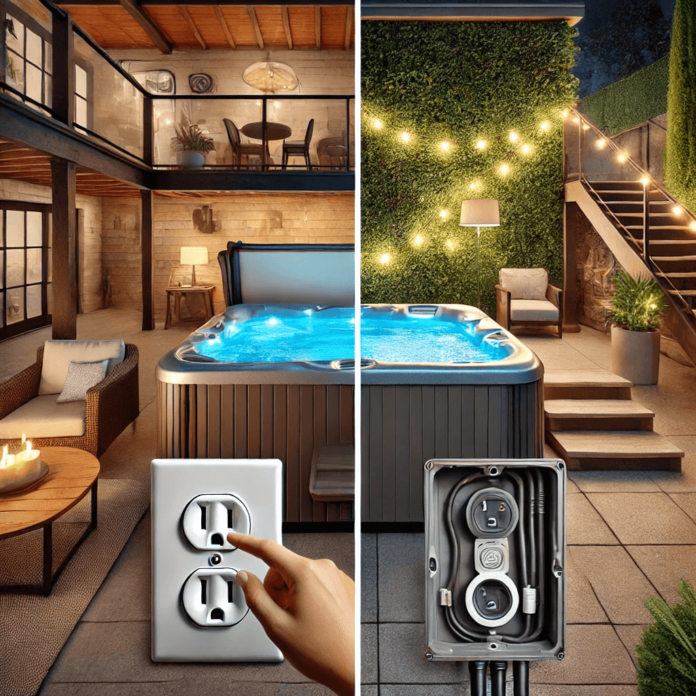Introduction
Choosing between a plug-and-play hot tub vs. a hardwired hot tub is one of the most important decisions when installing a spa. Both hot tub power options have their advantages, with plug-and-play models offering easy setup and portability, while hardwired hot tubs provide stronger jets, faster heating, and better energy efficiency. Understanding the differences in performance, installation, and costs will help you select the best option for your needs. In this guide, we’ll break down the key features, benefits, and limitations of each type, so you can make the right choice for your home spa.
Plug-and-Play Hot Tub vs. Hardwired Hot Tub: Which One is Right for You?

When comparing a plug-and-play hot tub vs. a hardwired hot tub, the key difference lies in power, performance, and installation requirements.
A plug-and-play hot tub runs on a standard 120V outlet, making it easy to set up without professional installation. It’s a great choice for renters or those who want a portable and budget-friendly option. However, it has weaker jets and slower heating times.
A hardwired hot tub, on the other hand, operates on 240V power, requiring professional installation but offering stronger jets, faster heating, and better efficiency—making it ideal for long-term home spa use.
What is a Plug-and-Play Hot Tub?
Definition and How It Works
A plug-and-play hot tub is designed to operate using a standard 120V electrical outlet. It requires no special wiring—just plug it into an outdoor-rated GFCI (Ground Fault Circuit Interrupter) outlet, fill it with water, and enjoy.
Standard Electrical Requirements (120V)
- Operates on a standard household 120V outlet
- Typically uses 15-20 amps
- No professional electrician is required for the setup
Benefits of Plug-and-Play Hot Tubs
- Easy Installation: No need for professional electrical work—just plug it in.
- Portable: Ideal for renters or those who may move homes.
- Lower Upfront Costs: Less expensive than hardwired models.
- Great for Small Spaces: Works well for deck and patios, and small backyards.
Limitations of Plug-and-Play Hot Tubs
- Slower Heating: Takes longer to reach the desired temperature.
- Limited Jet Power: Cannot support as many or as powerful jets as a hardwired tub.
- Temperature Maintenance Issues: May struggle to maintain heat in cold weather.
What is a Hardwired Hot Tub?
Definition and Installation Process
A hardwired hot tub requires a dedicated 240V electrical connection, which must be installed by a licensed electrician. It is directly wired into your home’s electrical panel, providing higher power output for faster heating and stronger jet performance.
Standard Electrical Requirements (240V)
- Requires a 240V electrical circuit
- Typically uses 30-50 amps
- Must be wired directly into a breaker box
- Needs a licensed electrician for installation
Benefits of Hardwired Hot Tubs
- Faster Heating: Reaches and maintains temperature quickly.
- More Powerful Jets: Provides better hydrotherapy experience.
- Better Heat Retention: More efficient for cold weather use.
- Ideal for Long-Term Use: Designed for permanent installations.
Limitations of Hardwired Hot Tubs
- Higher Installation Cost: Requires professional electrical work.
- Not Easily Portable: Best for homeowners, not renters.
- Needs Electrical Permit: Some areas require a permit for installation.
Key Differences Between Plug-and-Play and Hardwired Hot Tubs
A. Power and Performance
- Plug-and-Play: Limited power (120V), slower heating, and weaker jets.
- Hardwired: Higher power (240V), faster heating, and stronger hydrotherapy jets.
B. Installation and Setup
- Plug-and-Play: DIY-friendly, just plug into an outlet.
- Hardwired: Needs professional wiring and permanent installation.
C. Energy Efficiency and Operating Costs
- Plug-and-Play: Lower energy usage but may struggle to retain heat.
- Hardwired: More efficient heating, but higher initial energy consumption.
D. Durability and Lifespan
- Plug-and-Play: This may wear out sooner due to lower power components.
- Hardwired: Built for long-term use with stronger pumps and heaters.
E. Suitability for Different Users
- Plug-and-Play: Best for renters, small spaces, or short-term use.
- Hardwired: Best for homeowners, colder climates, and long-term investment.
Which Hot Tub Type is Best for You?
Choose a Plug-and-Play Hot Tub If You:
Need a budget-friendly and portable spa?
Want a DIY setup without professional installation?
Plan to move or change locations frequently.
Choose a Hardwired Hot Tub If You:
Want powerful jets and faster heating?
Are you a homeowner looking for a permanent hot tub?
Live in a cold climate and need better heat retention.
Conclusion
When choosing a hot tub, one of the most important decisions is selecting between a plug-and-play hot tub and a hardwired hot tub. The primary difference lies in how they are powered—plug-and-play models operate on standard 120V outlets, while hardwired hot tubs require a dedicated 240V electrical connection. Both plug-and-play and hardwired hot tubs offer unique advantages, and the best choice depends on your budget, installation preferences, and usage needs.
- For convenience and portability, a plug-and-play hot tub is a great option.
- For power, durability, and long-term value, a hardwired hot tub is the best investment.
- Before making a purchase, consider your space, heating needs, and willingness to handle installation costs.
FAQs
1. Can I convert a plug-and-play hot tub to a hardwired one?
Yes, some plug-and-play models can be converted to 240V hardwired operation, but check with the manufacturer before modifying. However, not all models allow this, so it’s important to check with the manufacturer.
2. Do plug-and-play hot tubs take longer to heat?
Yes, they heat slower due to the lower 120V power supply, often taking 12-24 hours to reach the desired temperature. In contrast, hardwired hot tubs (240V) heat up significantly faster, usually in 4-8 hours.
3. Are hardwired hot tubs more energy-efficient?
Yes, they heat faster and maintain temperatures better, reducing energy waste in colder climates.
4. Is a permit required to install a hardwired hot tub?
In many locations, yes. Always check with your local building department for permit requirements. You may need an electrical permit and inspection to ensure compliance with local building codes.
5. Which type is better for cold climates?
A hardwired hot tub is better for cold weather, as it maintains heat more efficiently and prevents freezing.














